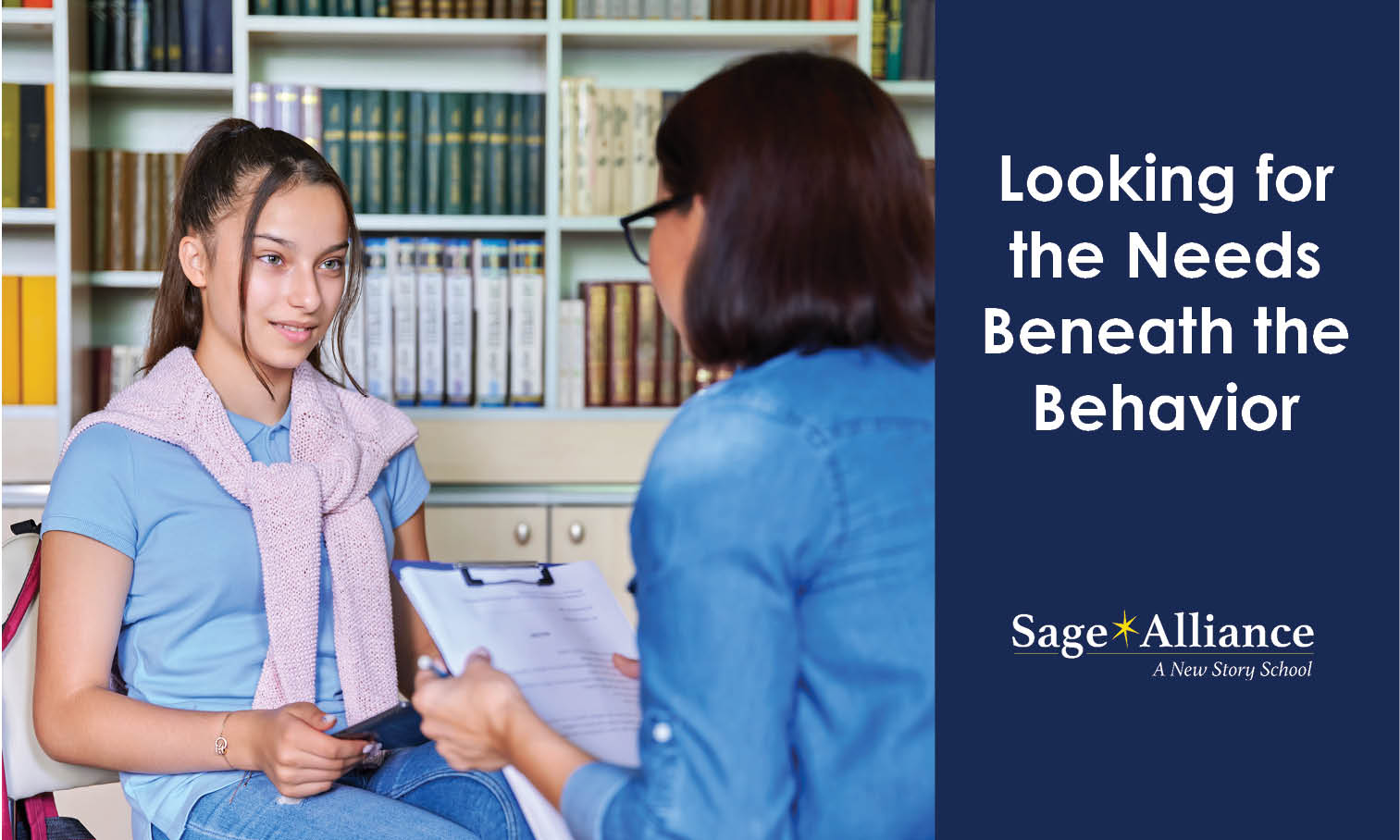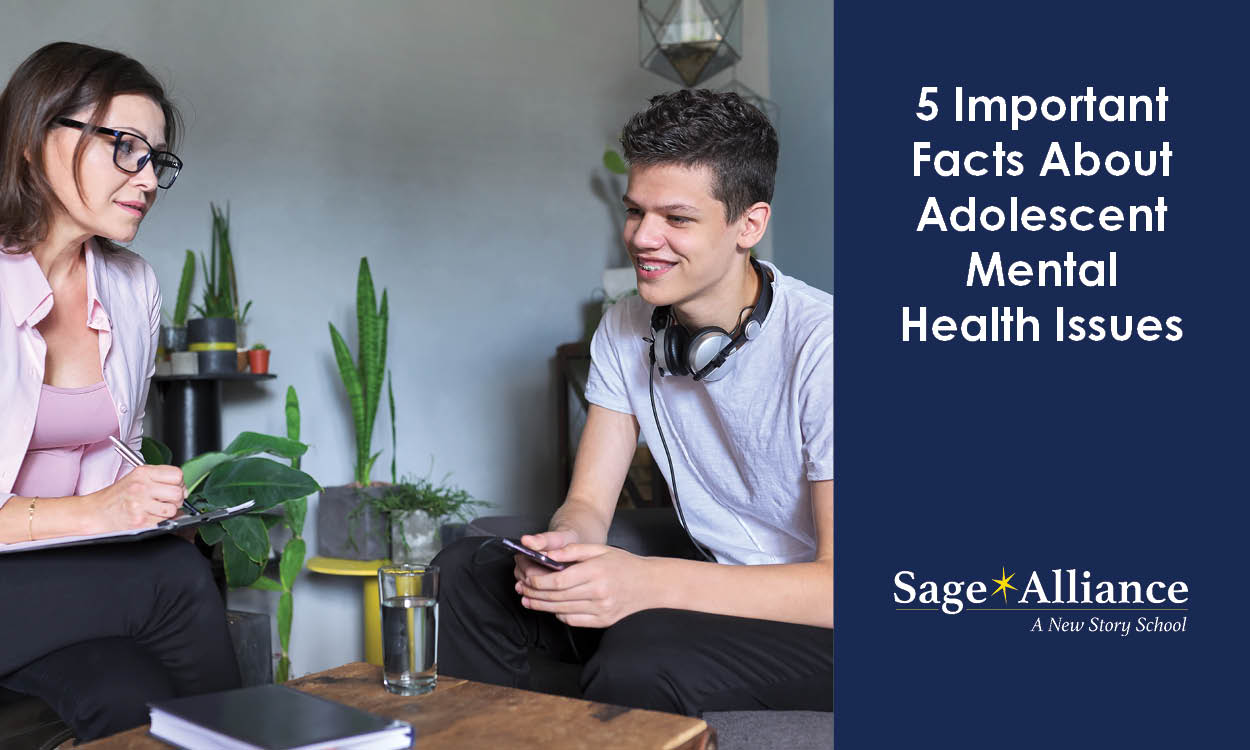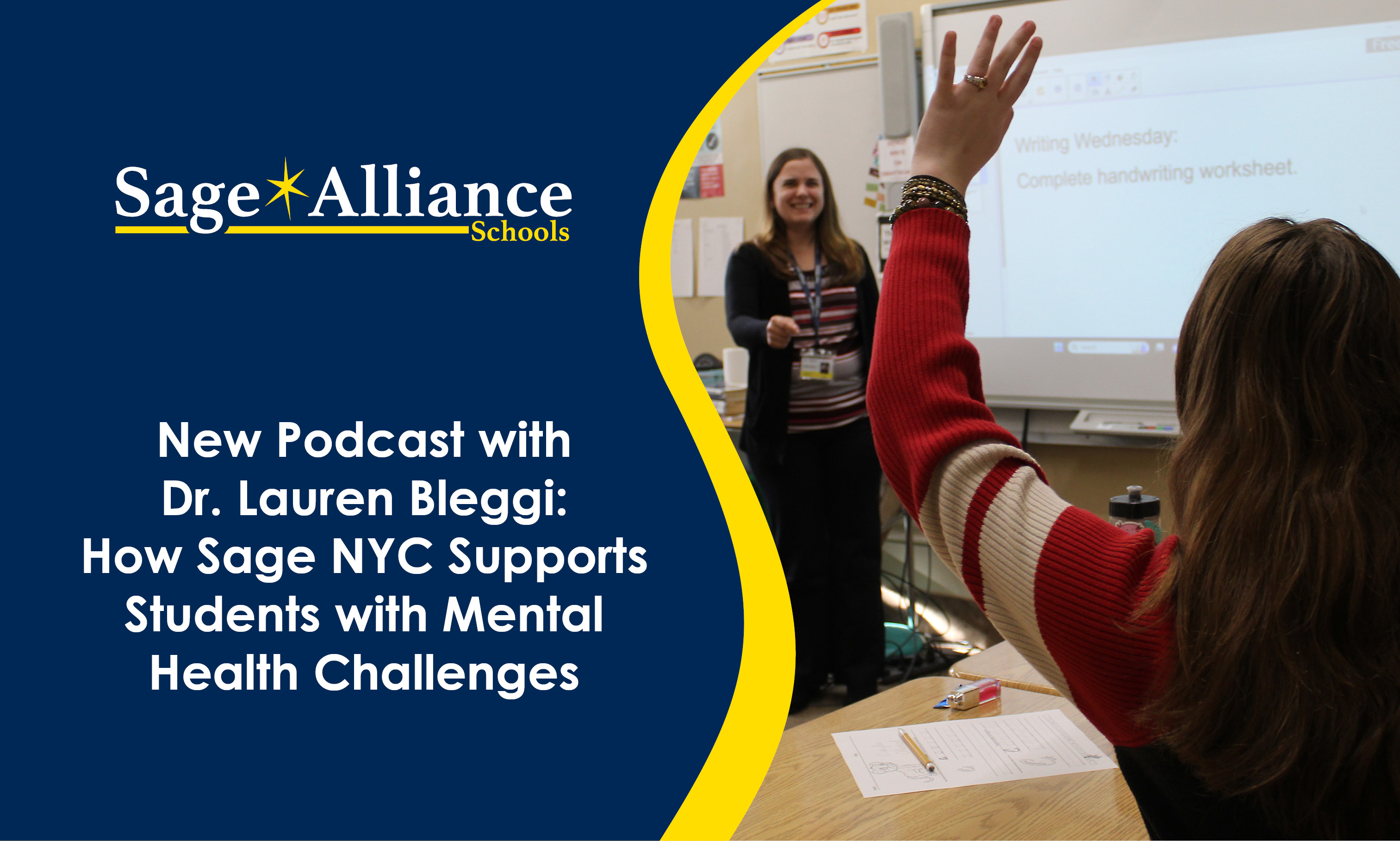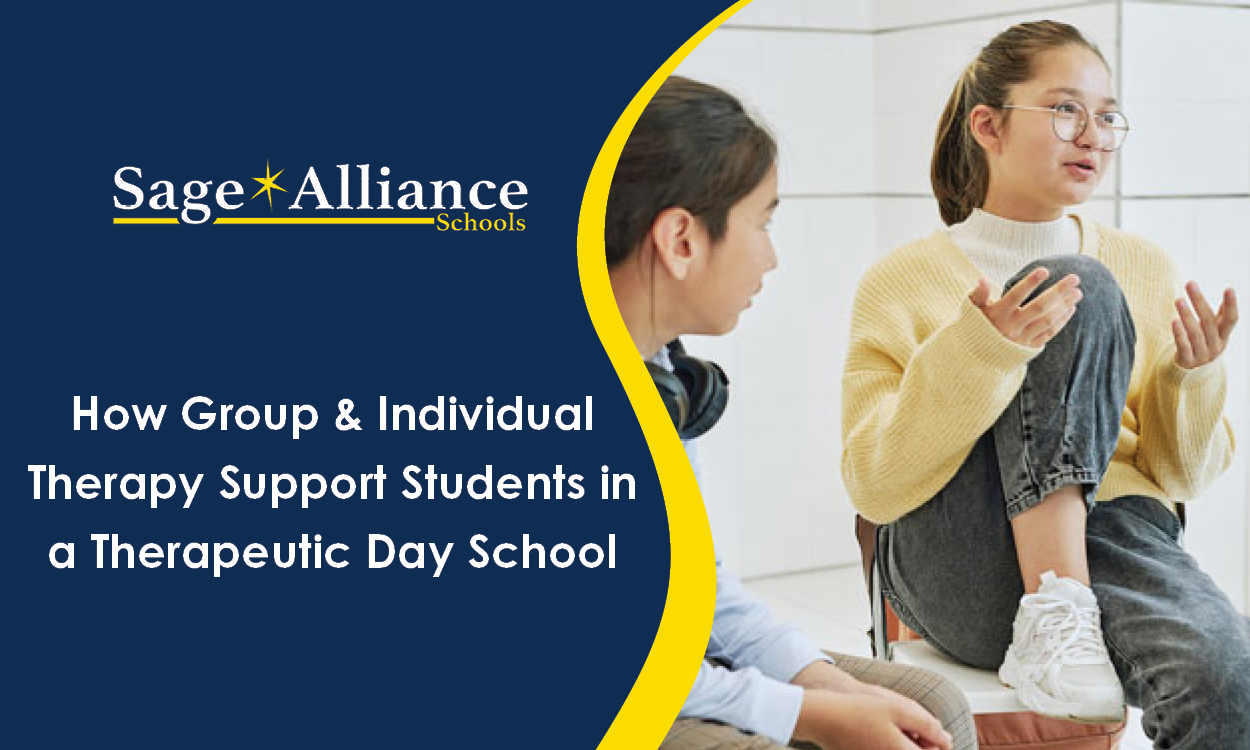Looking for the Needs Beneath the Behavior
Posted: December 18, 2018 | Written By: | Category: Emotional Health

Emotional outbursts and inappropriate behavior that aims to derail time in the classroom always comes from a deeper place than just “attention seeking” as some teachers may write it off as. Conflicts that arise in these situations usually have little to no connection to the real issues lingering beneath the surface. For the person who is witnessing the behavior, it can be so easy to become frustrated and angry in the moment, but it is vital to take a step back and utilize positive discipline strategies. Below are mistaken goals a student has in a situation along with a suggested response:
Undue Attention
Undue attention can come in the form of a student acting disruptive to the class. In this situation, the teacher quickly becomes irritated and reminds the student the classroom isn’t the proper place to act that way. The student knows they will get attention and special treatment from acting out. Through positive discipline, the teacher is encouraged to offer alternatives to the student, involve them in problem-solving and even create non-verbal cues for if it happens again.
Misguided Power
Misguided power often comes in the form of a student becoming argumentative, defiant or passive aggressive. It is common for the teacher to feel challenged, threatened and even defeated in cases like this with an urge to fight back. Inside the student’s mind, they feel a sense of belonging when they are in control. Teachers are encouraged to offer limited choices; don’t engage in arguing back and remind the student that as the teacher, you have a responsibility to keep the class going and focused.
Revenge
Another mistaken goal is revenge, where behaviors expressed by students come off as hurtful, rude, abusive and destructive. It is easy for the teacher to feel hurt, disappointed and disgusted in these types of situations, and in turn shame the student. Students often act this way when they don’t feel a sense of belonging and are hurting inside. The encouraging response for the teacher is to build trust and encourage strengths within the student and most importantly, not to retaliate.
Assumed Inadequacy
When a student feels inadequate, they tend to withdraw and feel hopeless and helpless. In this case, teachers also tend to take on these feelings and respond by giving up. The student may be feeling this way because they have low self-esteem and are struggling internally. The best way for a teacher to respond according to the positive discipline method is through this set of phrases and actions: “I do & you watch, I do & you help, you do & I help, and you do & I watch”.
Find the Strengths Through Positive Discipline
Finding the strengths in students when they are behaving poorly is important. Consider the following bad behaviors and how they can be turned into positive personalities in the student.
-
Troublemaker translates to inquisitive and curious
-
Disrespectful translates to outspoken
-
Destructive translates to creative
-
Hyperactive translates to energetic
-
Bossy translates to leader
-
Rebellious translates to independent
-
Stubborn translates to persistent
-
Non-compliant translates to self-directed
As a therapeutic school in New Jersey, Sage Day has been a source of hope for students over the past 20 years providing academic and therapeutic support.
Want to be notified of new articles and resources from Sage Alliance? Click here to submit your email and opt into our newsletter.









